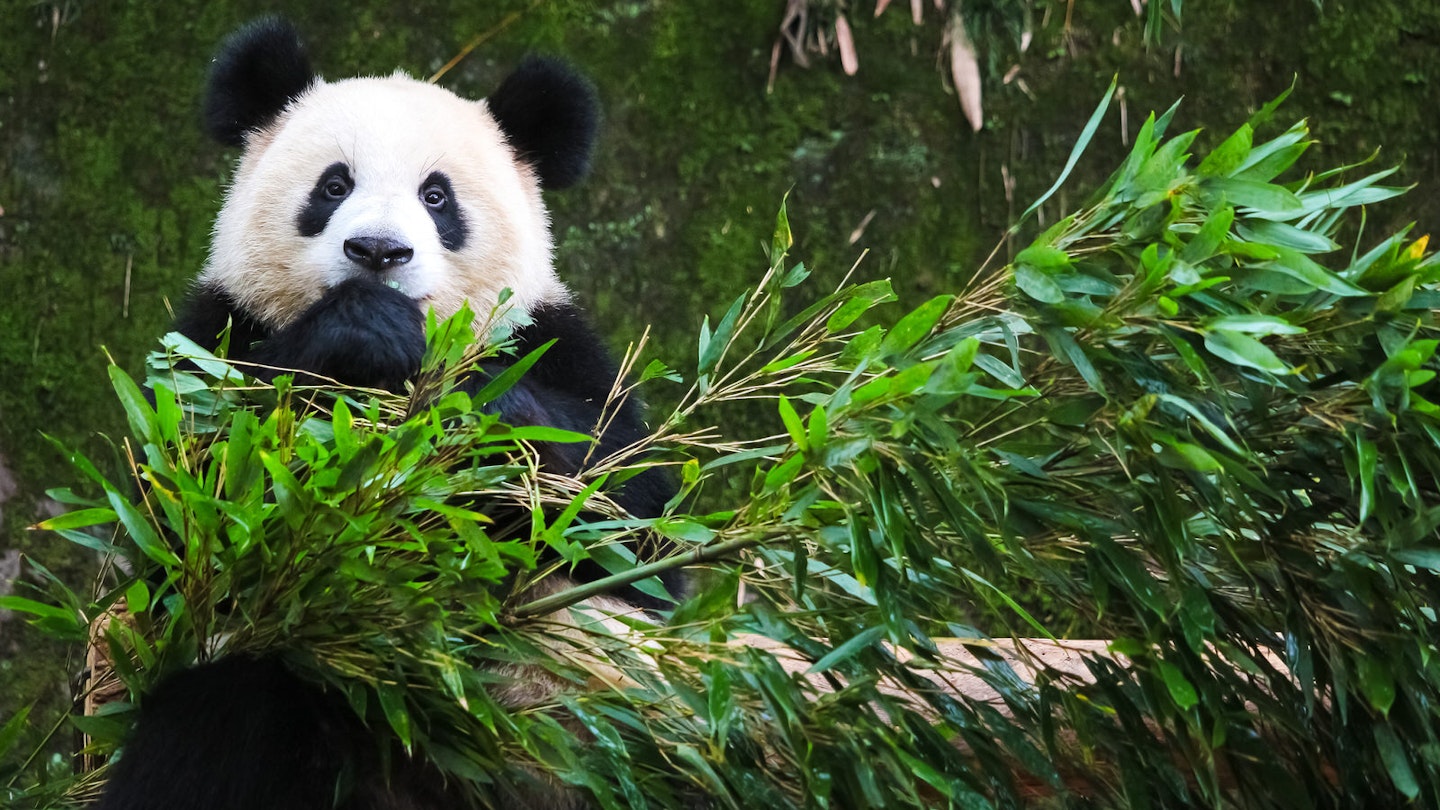Discover the Wonders of Sichuan: A Travel Guide
Sichuan (四川) – the ‘China of China’. This far west province is a microcosm of all that draws visitors to the Middle Kingdom. Fiery food, sleepy pandas, a diverse set of ancient cultures, and wild natural landscapes are just a handful of Sichuan’s perennial attractions.
In recent years, there are more reasons than ever to travel to the land of four (四) rivers (川). Sichuan’s capital has transformed into a modern city brimming with interesting design and art. New railway lines are opening to the farthest reaches of the province’s interior, including a ‘roof of the world’ line that will shuttle travelers to Tibet. Moreover, one of China’s most prized national parks has recovered from a devastating earthquake, making it a prime destination.
Chengdu – An Ancient and Modern City
The capital city Chengdu is the center of one of China’s four most famous regional cuisines, characterized by bold spices and face-numbing peppercorns. This perhaps explains the city’s notable fire-breathing and face-changing opera performances, which reflect the heat-laden dining experiences found across the province.

Beyond Chengdu’s ancient temples and centuries-old teahouses lies a hip contemporary culture only just gaining recognition among travelers: chic design hotels, vibrant clubs, and a bevy of art museums that feature everything from imaginatively-presented relics of Sichuan’s past to contemporary spaces showcasing local and national artists.
Visiting Pandas in Sichuan’s Forests
Chengdu’s Giant Panda Breeding Research Base is the best place in the world to get up close and personal with the panda. However, it’s not Sichuan’s only option. Outside the city of Ya’an, 150km west of Chengdu, the Bifengxia Panda Base maintains a more natural atmosphere. Here, visitors can hike up a forested gorge past waterfalls and cultural relics to see a small group of pandas in a pleasant wooded setting typical of central and southern Sichuan.

Into the Mountains of Sichuan
As you push deeper into western or northern Sichuan, the lowland plains of the Chengdu Basin give way to the rugged foothills of the Tibetan Plateau. National parks highlight the most scenic areas. Jiuzhaigou National Park, known for its cerulean lakes and stunning waterfalls, has reopened to tourists in limited numbers after a 2017 earthquake closed the park for months.
Further west, three serene valleys in Four Sisters Mountain National Park offer visitors the chance to hike on unpaved trails under the shadow of four towering peaks fronted by glaciers and remote lakes.

In the far southwest of the province, Yading Nature Reserve is rebranded as a sort of latter-day Shangri-la, combining Tibetan temples and culture with various hiking routes through pristine natural landscapes virtually untouched by modern development.
Exploring Tibetan Culture in Kham
A new Tibet-Sichuan railway line will soon connect Chengdu with Lhasa, allowing for a 15-hour journey when it opens in 2025. Travelers who prefer to avoid the permit and expense constraints of visiting the Tibet Autonomous Region should consider Western Sichuan, which roughly corresponds to Kham, one of historical Tibet’s three traditional provinces.

This area is home to a two-hundred-year-old monastery and printing press in the town of Dege. Approximately 40,000 monks live at Seda’s Larung Gar Buddhist Academy, while another 10,000 monks and nuns call Yarchen Gar Buddhist Academy home. Quaint mountain monastery towns like Langmusi and Garze offer great opportunities to learn about Tibetan culture and religion or leisurely explore the surrounding hillsides. Consequently, Sichuan stands out as one of the best regions in all of China for wandering freely through Tibetan cultural areas.
Holy Sites of the Chengdu Basin
Several religious sites close to Chengdu provide an escape from city life while offering a glimpse into China’s diverse history. Leshan is home to the famed 71m tall Grand Buddha, intricately carved into a cliff face to appease the swirling waters of three mighty rivers that converge here. This area attracts pilgrims from across the country to marvel at this monumental Buddha from both land and water.

Others venture up Emei Shan, traversing serene forest paths or taking quick cable car rides that wind past 9th-century temples to the soaring Jinding Peak. If you wake up early enough, you might witness the stunning sunrise phenomenon known as ‘Buddha’s Halo’ – where rising light reflects off clouds, creating the mystical appearance of humans gliding through the skies.
The Taoist highlight of Sichuan is Qingcheng Shan, a mountainside complex of ancient temples and misty forests that has been revered as the birthplace of this traditional Chinese religion. Pilgrims have sojourned here for more than 2000 years, immersing themselves in the serenity of monasteries and meditative practices.
Ancient River Towns
Sichuan’s historic riverside towns are ideal for slowing down and unwinding. These charming destinations, found primarily along the ‘Tea Horse Road’ – a historic trading route between Tibet and Sichuan – offer a delightful blend of small-town leisure, historic architecture, and bucolic countryside.

Riverfront teahouses and a pleasant walking paths beckon at Liujiang. Boutique guesthouses and restored Qing architecture, along with historical connections to the Romance of the Three Kingdoms (one of China’s most important literary sagas), make Langzhong an inviting escape. Moreover, easy access via a quick direct bus from Chengdu makes Pingle a convenient village to reach. No matter which town you choose, they all provide excellent opportunities to unwind after exploring one of China’s most diverse regions in Sichuan.





